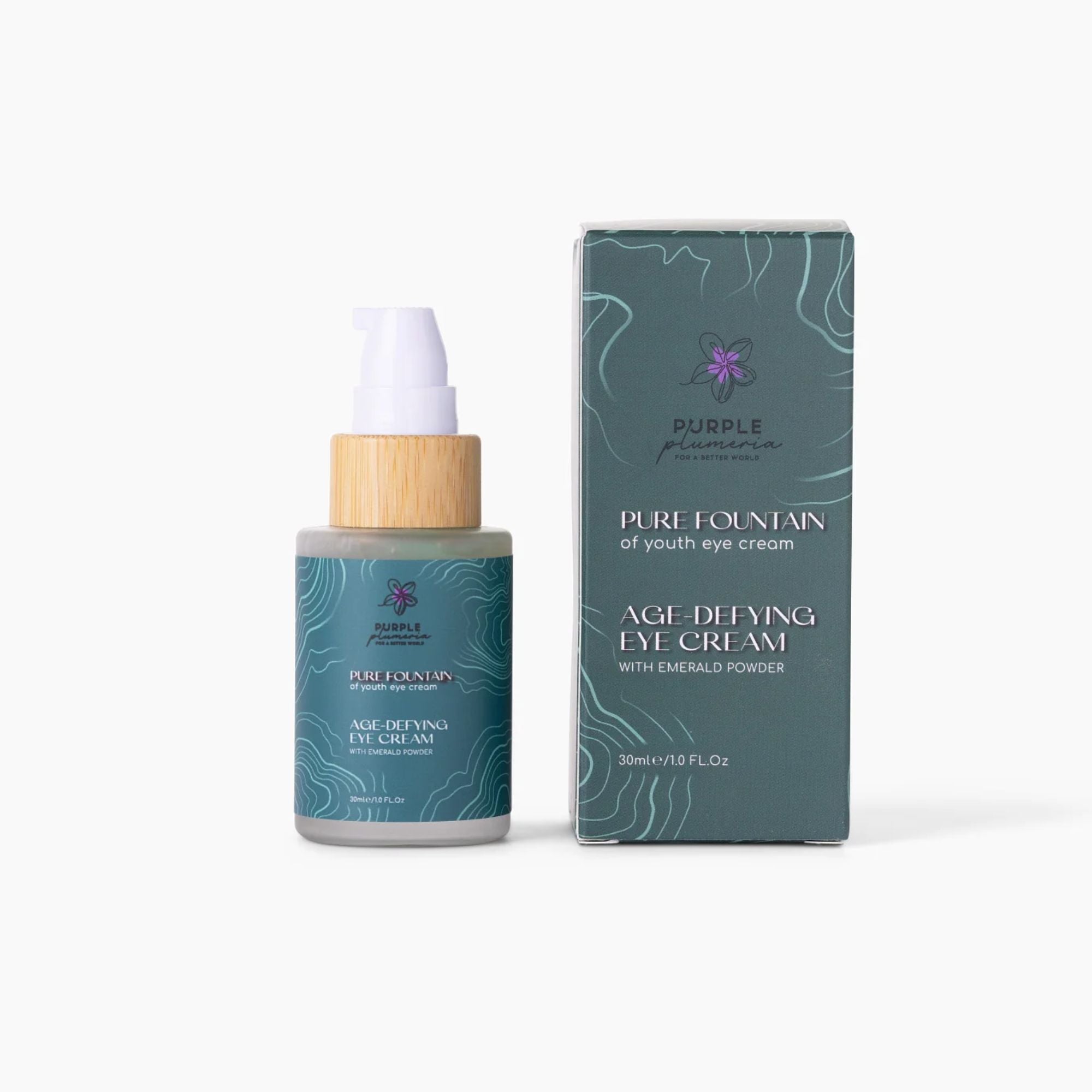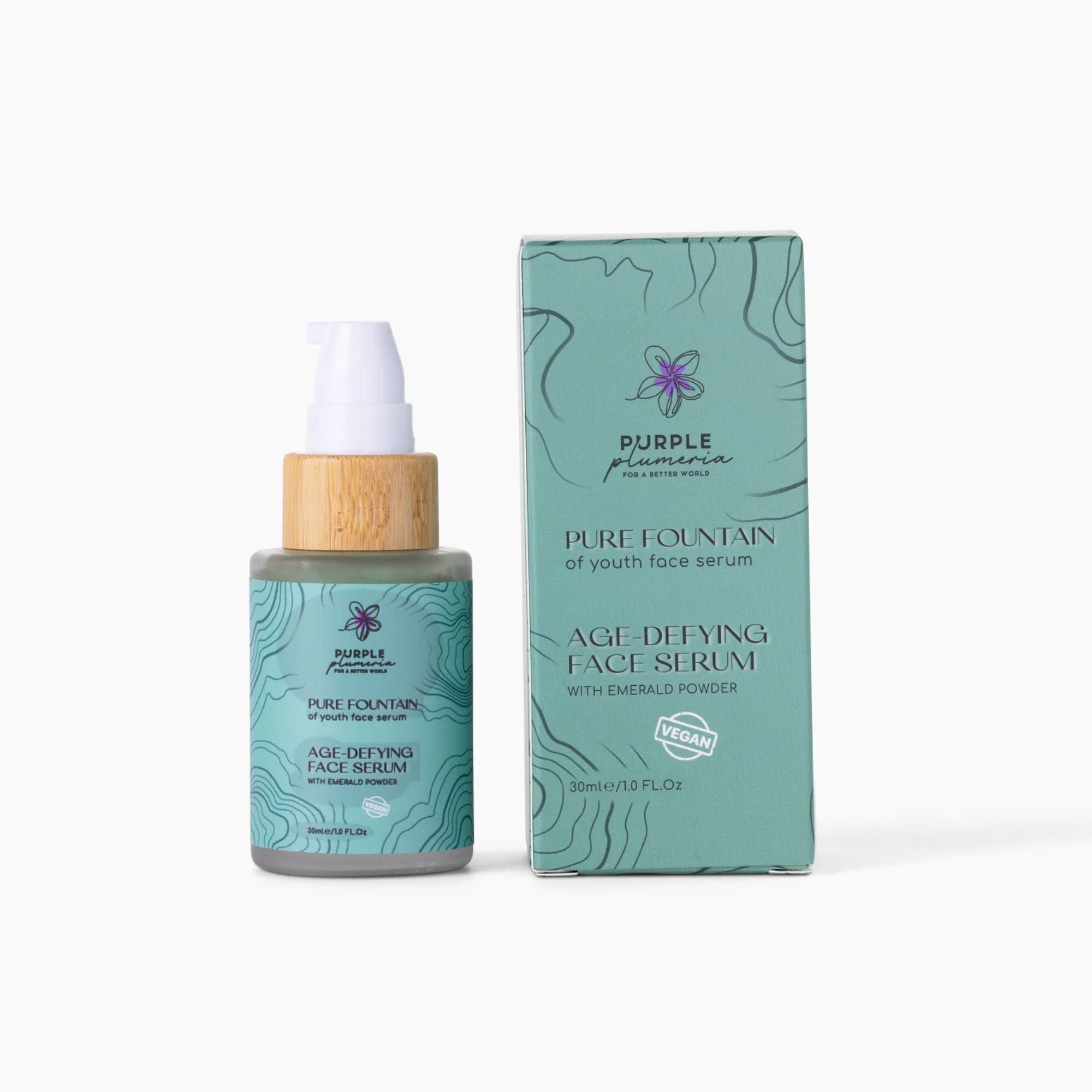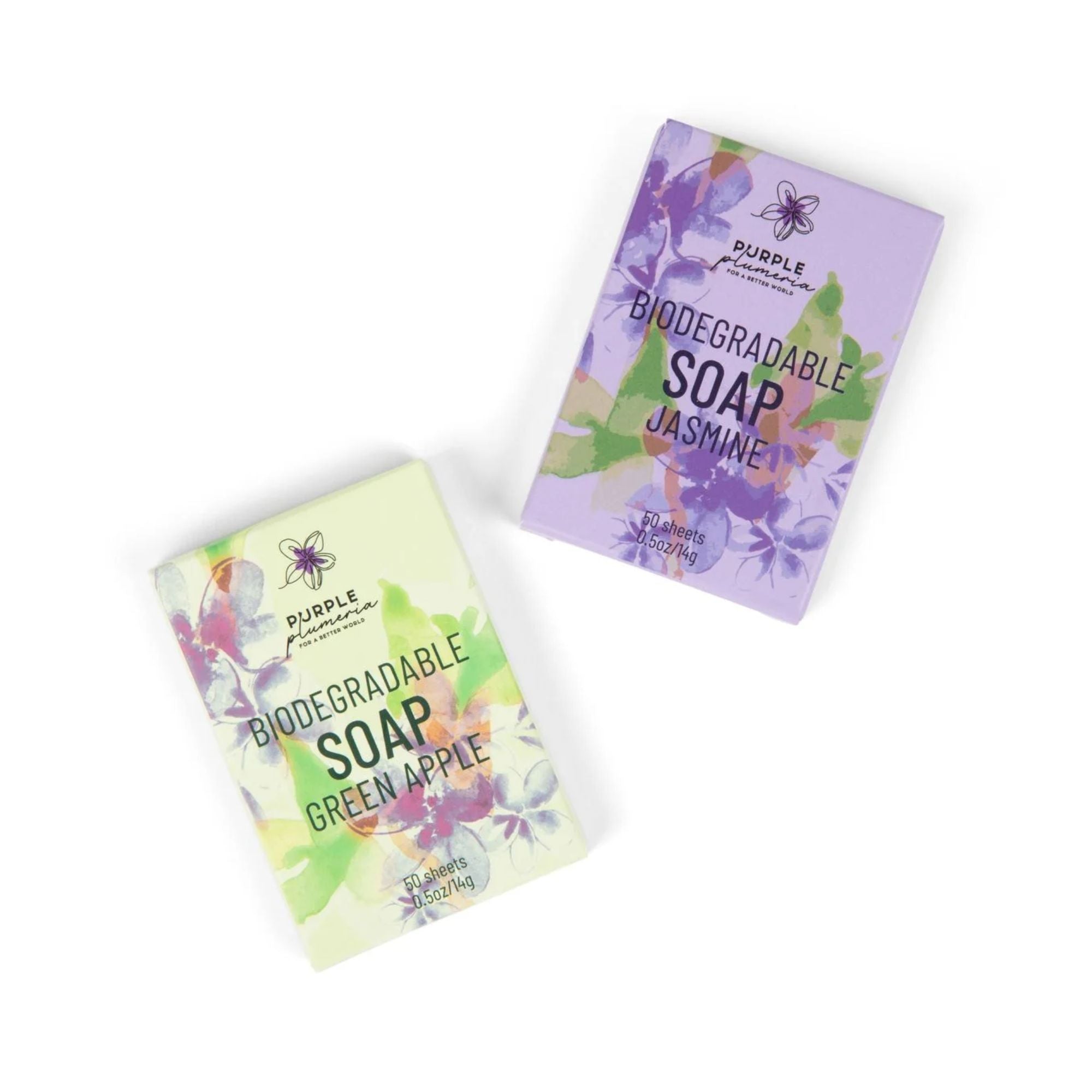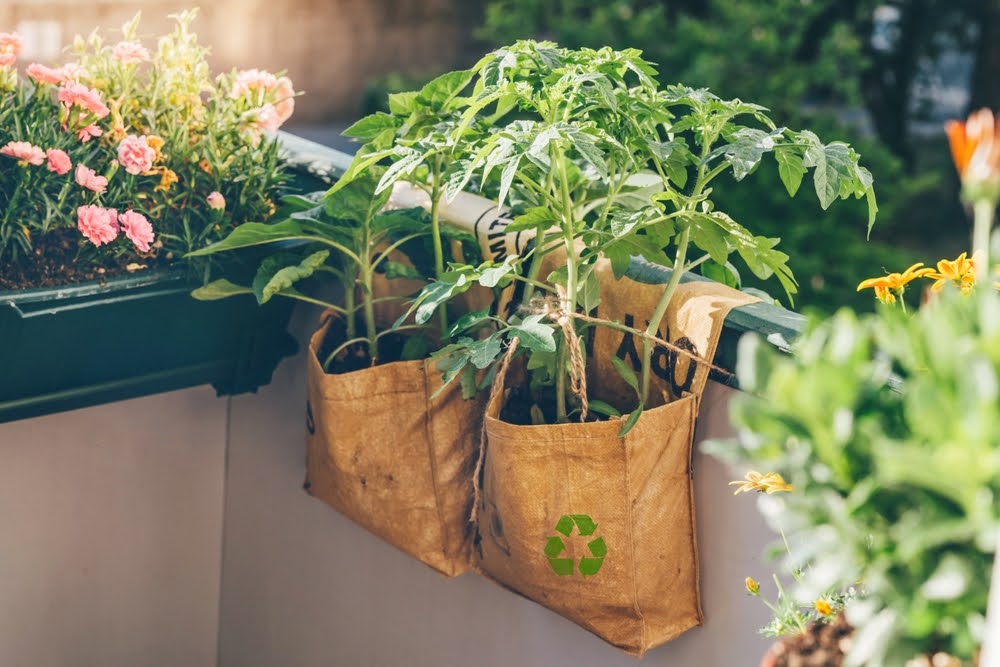Sustainability is not just a buzzword—it’s a necessary shift in how we consume and dispose of materials.
Whether you’re trying to reduce waste, save money, or make more eco-friendly choices, you’ve likely come across the debate of upcycling vs. recycling.
Both play a crucial role in waste management, but they operate in very different ways. Understanding these differences helps us make informed decisions about how we handle waste and what impact our choices have on the planet.
So, let’s break it down.
The Core Philosophy Behind Upcycling and Recycling
The difference between upcycling and recycling is about the process, but also about mindset.
Recycling focuses on breaking down materials into their raw form so they can be reprocessed into something new. It’s a way to keep materials in circulation, but it often requires a lot of energy and resources.
Upcycling, on the other hand, takes a creative approach. Instead of breaking down materials, upcycling repurposes them, turning waste into something useful or aesthetically pleasing.
Recycling follows a systematic approach. Glass bottles are crushed, melted, and turned into new bottles. Plastic is shredded and processed into lower-quality plastic goods.
Upcycling embraces imperfection and individuality. An old denim jacket becomes a stylish tote bag. Wooden pallets transform into rustic furniture. Rather than erasing the material’s history, upcycling enhances it.
The Process: How Upcycling and Recycling Work
Recycling follows an industrial process that starts with collection and sorting. After being cleaned and processed, materials are broken down into raw components and then remanufactured into new products.
This is effective, but not all materials can be recycled indefinitely. Some plastics degrade over time, and paper fibers weaken with each cycle.
Upcycling skips the deconstruction process altogether. It focuses on giving old materials a second life with minimal processing. Rather than melting down metal scraps to create new aluminum sheets, upcycling repurposes them into home decor or art.
Environmental Impact: Which One Is More Sustainable?
Both upcycling and recycling contribute to waste reduction, but their environmental impacts vary.
Recycling keeps materials out of landfills, but it’s not a perfect system. It requires transportation and energy-intensive processing, often resulting in lower-quality materials over time. Many items that could be recycled end up in landfills due to contamination or improper disposal.

Upcycling avoids the energy-heavy processes of recycling, making it a more sustainable choice in many cases. However, it’s not a large-scale solution. Upcycling works best for individual projects or small businesses but lacks the infrastructure to handle waste on an industrial level.
While upcycling can extend a material’s lifespan, it doesn’t necessarily reduce waste production at its source. The most sustainable approach combines both methods to maximize resource efficiency.
The Economic and Practical Aspects
Recycling operates on an industrial scale, meaning large facilities handle massive amounts of waste, but there’s a cost involved.
Sorting, processing, and remanufacturing require significant energy and resources, which is why many municipalities struggle to maintain profitable recycling programs.
Additionally, fluctuating market demand for recycled materials impacts how much actually gets reused.
Upcycling, on the other hand, thrives on small-scale creativity and entrepreneurship. Many artisans and DIY enthusiasts turn discarded items into valuable goods, but upcycling isn’t always practical for large-scale waste management.
While it can create unique, high-value products, it relies on individual effort rather than an organized system.
The choice between upcycling and recycling often comes down to resources, creativity, and accessibility.
Creativity vs. Standardization: The Consumer’s Role
Upcycling invites creativity into sustainability. Anyone with a vision and some basic tools can turn waste into art, fashion, or functional items. It encourages a hands-on approach to reducing waste, making sustainability feel more personal.
Recycling, in contrast, is a standardized system designed for efficiency. You don’t need creativity to participate—just sort your waste properly and let the system handle the rest.
That said, both approaches require consumer involvement.
For recycling to work, people need to separate materials correctly, ensuring items are clean and uncontaminated.
For upcycling to be successful, people need to be willing to experiment and see value in repurposed materials.
Limitations and Challenges
Recycling isn’t perfect. Contamination can render entire batches of recyclable materials useless. Some materials degrade in quality with each recycling cycle.
Not everything marked as recyclable gets processed, and many recycling systems are struggling to keep up with demand.
Upcycling, while creative, also has its challenges. It requires time, effort, and skill. Not everyone has the resources to upcycle effectively, and some materials are difficult to repurpose in a functional way.
Unlike recycling, which follows a predictable system, upcycling depends on individuals and businesses willing to innovate.
So, which one is better? The answer isn’t black and white.
Recycling is essential for large-scale waste management, while upcycling adds value to materials in ways that recycling cannot. The best approach involves incorporating both into our habits and lifestyles.
How to Incorporate Both Into a Sustainable Lifestyle
The key to making a difference is knowing when to recycle and when to upcycle.
If an item can be transformed into something useful with minimal effort, upcycling is a great choice. Think old t-shirts turned into cleaning rags or glass jars repurposed as storage containers.

If something is broken beyond repair or made from materials that degrade over time, recycling is often the best option.
Start by evaluating what you throw away. Could it be turned into something else before being discarded? If you’re not sure, research local recycling options and ensure you’re sorting waste properly.
You could even make simple changes by switching to compostable garbage bags, which help reduce plastic waste while still serving a practical purpose in your daily routine.
Supporting businesses that use recycled or upcycled materials also helps close the loop on waste.
Finding Balance: The Best of Both Worlds
Upcycling vs recycling isn’t a competition, it’s more of a collaboration. Both methods play vital roles in waste reduction, each with its strengths and limitations.
Recycling keeps materials in circulation through industrial processes, while upcycling breathes new life into discarded items through creativity.
The key to sustainability is knowing when and how to use both methods effectively. By making conscious choices, we reduce our environmental footprint and contribute to a greener, more sustainable world.
Sustainable Self-Care: Take the Next Step
Sustainability doesn’t stop at waste management—it extends to the products we use daily.
If you’re looking for a way to reduce waste while treating yourself, explore eco-friendly self-care essentials from Purple Plumeria.
From plastic-free shampoo bars to all-natural body care, these products align with a low-waste lifestyle without compromising quality.
Make the switch today and embrace sustainability in every aspect of your routine.







